The skeleton of the foot consists of 28 bones, 20 muscles and more than 114 tendons and ligaments to provide the required flexibility and stability of the bones in relation to each other. A fine network of nerve and blood vessels is responsible for the proper functioning of the foot. In short, this is why you need a new ergonomic NTT and the ability to choose from four different sizes to find exactly the right one for your feet. This year, the ergonomic EVA insole combined with padding at the toe always guarantees the right grip, optimal pressure distribution and maximum comfort. The rigid strap connection keeps your feet in the right place throughout your session on the water. The new ergonomic NTT gives relief to overtired feet and prevents fatigue and pain. Your feet will be less tired, and you will stay on the water longer. Ergonomic NTT pads combined with adjustable heel pads help to reduce heel pressure, relieving long term foot, back and knee pain.
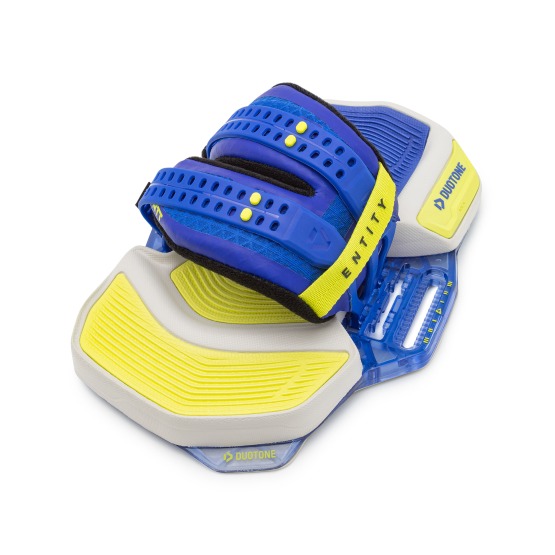
Features
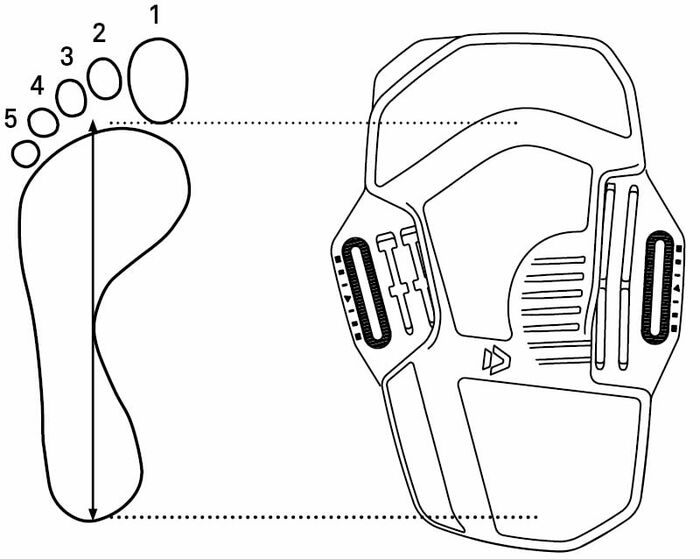
Entity size check
The new Entity Ergo is a tailor made binding system with a perfect fit to your foot. During a long developing process designers realized, the most accurate way to measure feet for a Kiteboarding binding, is to measure the sole of your foot without toes. To find the best fitting size of your Entity Ergo, please measure from the top of the midfoot, between the 2nd and 3rd toe, till the end of the heel. As the perfect fit is very important for your kiteboarding experience, please follow this measurement advice and also check the graphic
Tuning tips
STANCE WIDTH
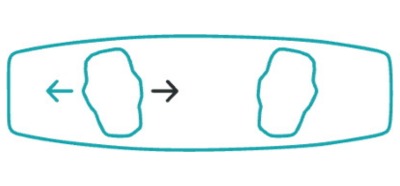
WIDE STANCE
+ more stability in landings
+ can hold more power
- increased inner side knee injury risk with overwide stance
NARROW STANCE
+ greater maneuverability
+ less resistance in rotations
taller people need a wider stance than shorter people. To find your stance width, jump forward and land in a comfortable squad position.
PAD POSITION
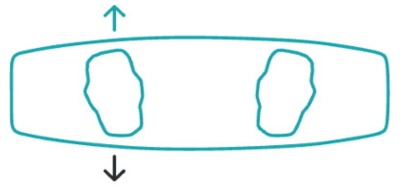
CENTRED PADS
+ more stability in landings (weight lands through centre of board)
- harder to edge heelside with small feet
CLOSER TO HEELSIDE
+ easier to edge on heels for upwind and jumping
- less stability in landings (weight lands off centre)
- harder to edge toeside
if you suffer pain in shins; move position towards heels for easier edging.
FOOT ANGLE
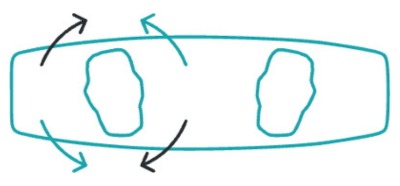
DUCK FOOTED (wide angle)
+ more maneuverbility in various riding styles (E.g. carving and toeside)
- increased inner side knee injury risk with over ducked stance
PARALLEL STANCE
+ greater stability in landings
+ less resistance in rotations
if suffering pain at the inside of knee; move angle closer to parallel. Look for your natural foot angle when you squat.
For instant answer - open the chat and ask your question. We're active 9.00-17.00 CET.
Is it afterhours? No problem - leave us a message and we’ll respond early the next day.
+48 513 020 570
For those who prefer phone calls - that's our number. You can give us a ring between 9.00-17.00 CET.



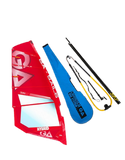
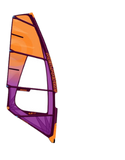
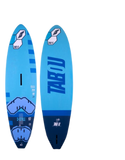
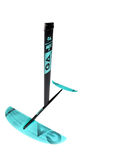
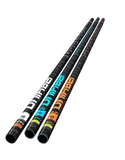
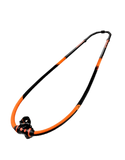
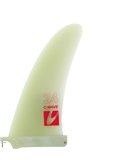
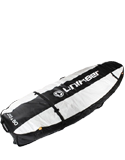
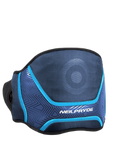
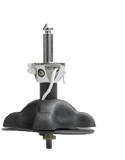
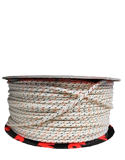
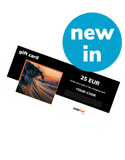
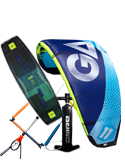
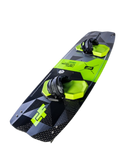

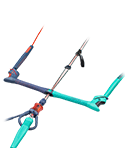
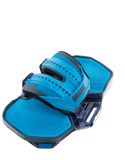

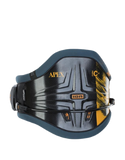
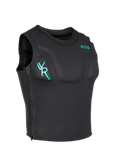
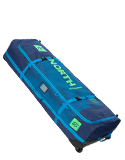
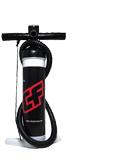
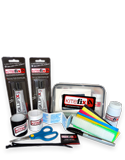
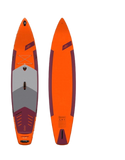
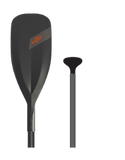
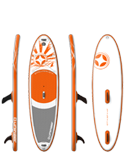
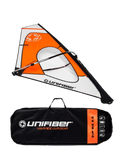
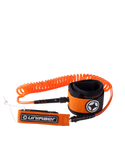
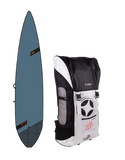
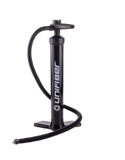
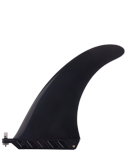
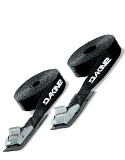
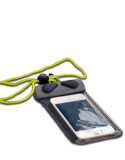
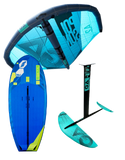
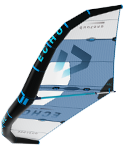
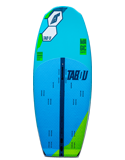
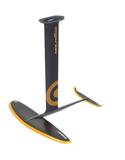
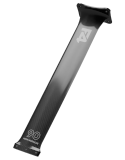
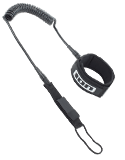

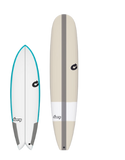
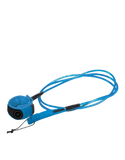
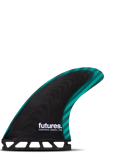
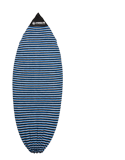
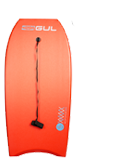
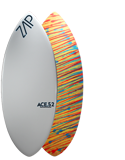
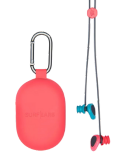
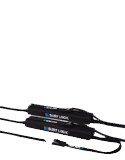

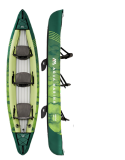
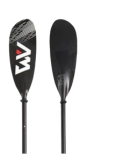
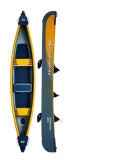

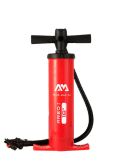
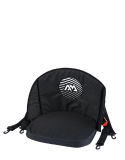
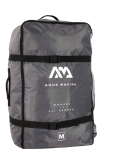

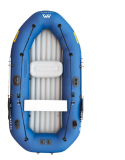
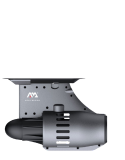
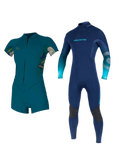
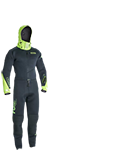
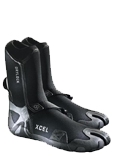
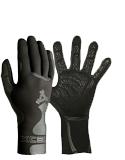
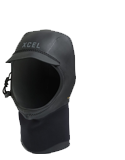
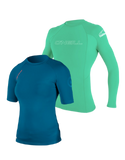
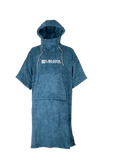
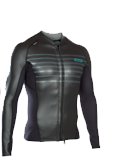
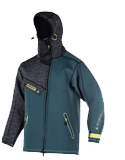
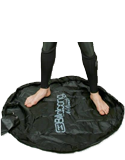
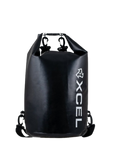
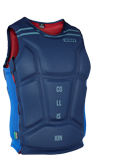
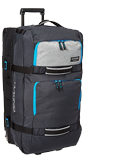
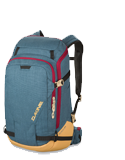
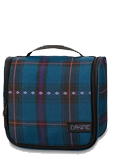

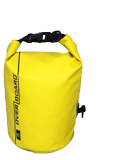



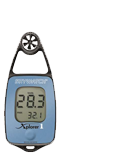

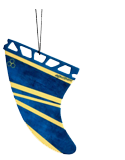
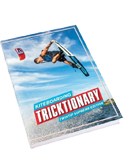
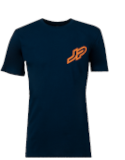

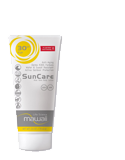

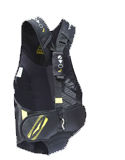
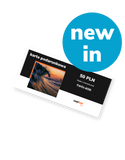



 30 days
30 days Guarantee
Guarantee Get
Get Join us
Join us

 Facebook
Facebook Instagram
Instagram YouTube
YouTube